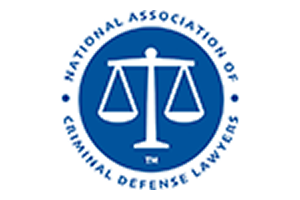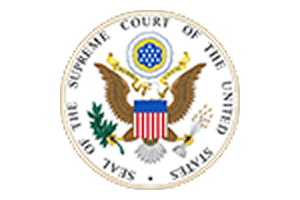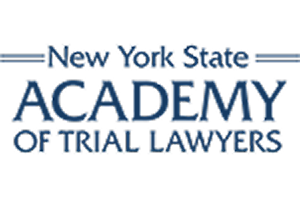Scientific Evidence in Criminal Cases
In general, scientific evidence are the results of scientific tests used to prove or disprove a theory or hypothesis. In criminal cases, scientific evidence is used to help jurors understand and determine the facts of a case. Some types of scientific evidence used criminal cases include DNA evidence, fingerprints, voice identification, bullet striations (markings), gunshot residue, hair and skin evidence, voice recognition, tire prints, and autopsy reports, which are all relevant to the finder of fact.
A court’s rules of evidence will a guide how scientific evidence can be introduced in court, and most times it will be done through an expert witness. Scientific evidence in law, is considered to be opinion evidence, which means that it is evidence presented in court by a witness of what he/she believes to be true in regard to the facts of the case. Expert witnesses are asked to come to court, based on their skills, knowledge, or expertise, to introduce their expert opinion of scientific evidence in a case, establish its reliability, and to help jurors in their understanding of that piece of scientific evidence.
The 1993 landmark case, Daubert v. Merrell Dow Pharmaceuticals, forever changed trials with regard to expert witness testimony because it set up the entire system of judicial review of scientific evidence and its admissibility. Daubert conferred great responsibility on judges to rule and upon lawyers to prove up scientific testimony before the jury hears any opinion on a particular piece scientific evidence. The U.S. Supreme Court held that:
- Judges serve the jury system as “gatekeepers” who decide what scientific opinion evidence is of sufficient proven merit and weight to be heard by a jury.
- Judges ensure that the scientific evidence is reliable and relevant to the “tasks at hand.”
- The scientific evidence derives from the scientific method, which ensures the research will be objective, unbiased, and conducted in a controlled environment.
Under this standard, a Daubert motion is raised in the case to have unqualified evidence excluded at trial, which then requires the judge to make a determination of admissibility under the Daubert criteria at a hearing held before the jury is empaneled. According to the Committee Notes on Rules (2000), the trial judge must determine the admissibility of the scientific evidence using the non-exclusive checklist of factors, established in Daubert:
(1) whether the expert’s technique or theory can be or has been tested—that is, whether the expert’s theory can be challenged in some objective sense, or whether it is instead simply a subjective, conclusory approach that cannot reasonably be assessed for reliability; (2) whether the technique or theory has been subject to peer review and publication; (3) the known or potential rate of error of the technique or theory when applied; (4) the existence and maintenance of standards and controls; and (5) whether the technique or theory has been generally accepted in the scientific community.
Fed. R. Evid. 702
Although the Daubert standard was adopted by Federal Courts in 2000, and by the Florida Courts in 2013, a previous legal construct called the “Frye Rule” is still used in many other states, including California, Maryland, and Washington. Based on the appellate case, Frye v. United States, 293 F. 1013 (D.C. Cir. 1923), the Frye standard allows scientific evidence to be admitted at trial if it meets the “general acceptance” rule, which means the scientific evidence is generally accepted in the scientific community. Opinions differ greatly on which test is best in regard to the admissibility of scientific evidence in courts: More lenient advocates argue that judges are not equipped to make the determinations required under Daubert, while others argue that the Daubert criteria is necessary in order to improve the quality of evidence in courts.
















